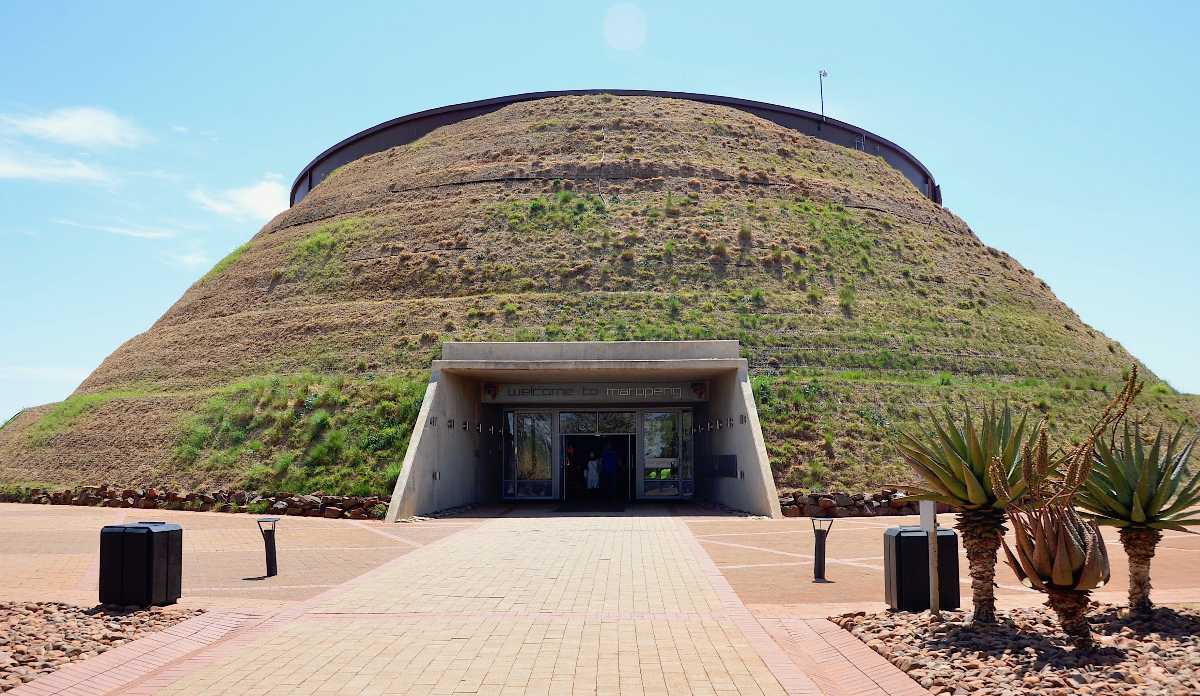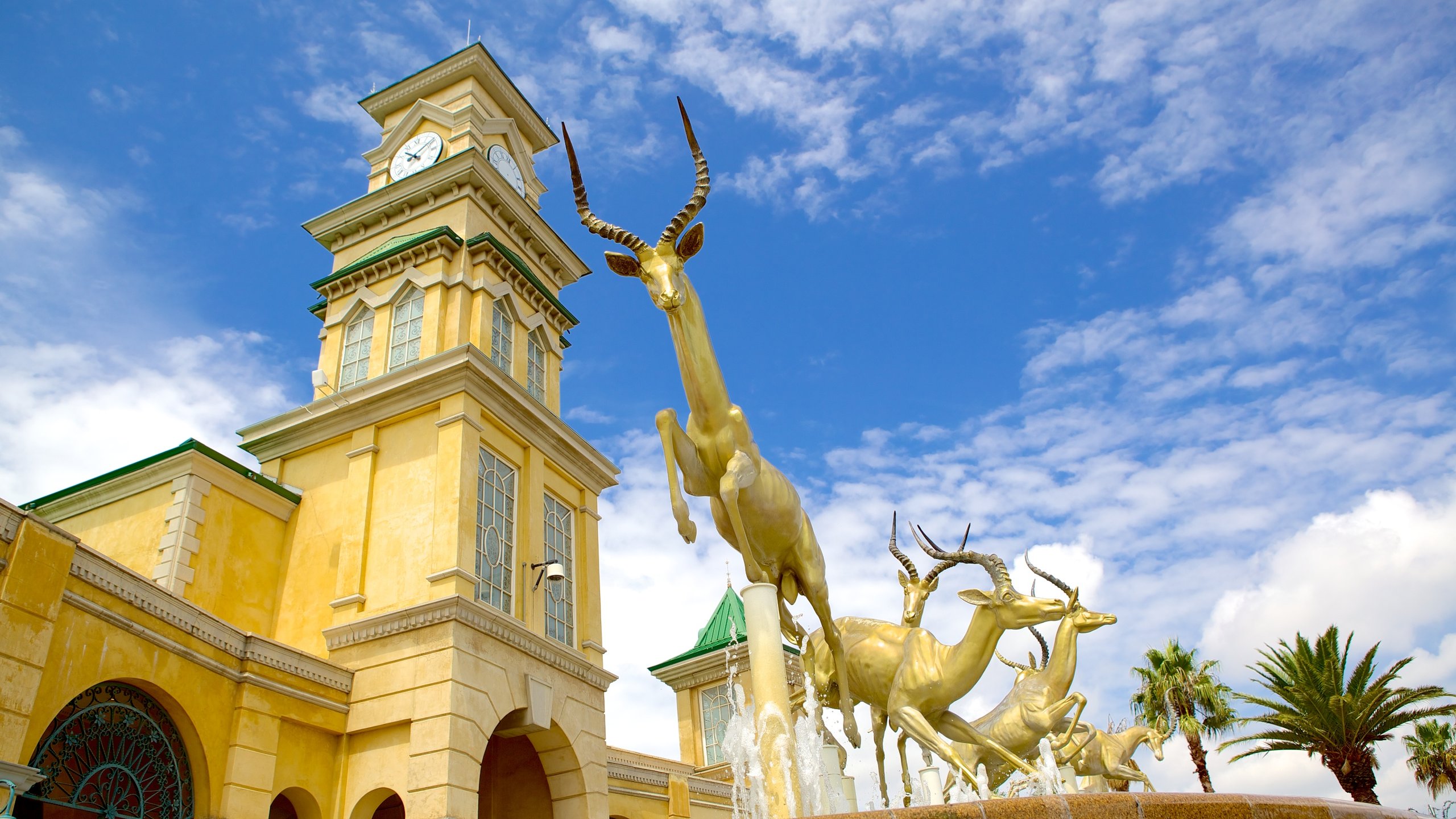Some Known Details About Johannesburg North Attractions
Some Known Details About Johannesburg North Attractions
Blog Article
The Definitive Guide for Johannesburg North Attractions
Table of ContentsThe smart Trick of Johannesburg North Attractions That Nobody is DiscussingHow Johannesburg North Attractions can Save You Time, Stress, and Money.More About Johannesburg North AttractionsThe Of Johannesburg North AttractionsLittle Known Questions About Johannesburg North Attractions.Johannesburg North Attractions - The FactsWhat Does Johannesburg North Attractions Do?
You need to maintain security in mind and tourists need to continue to be sharp at all times when in unknown environments. Talk with the residents when you are in town to find out about the location you are remaining in. Johannesburg North attractions. When on the road (this doesn't apply to shopping center and various other safe and secure settings) ideal basic recommendations is to try your best to look like a neighborhood and to prevent showing any kind of wide range
Examine This Report on Johannesburg North Attractions
Professor Revil Mason O. J. (Thomson, 1946) explored the Witwatersrand's pre-colonial history. His historical job blew up the 'em pty land' myth, according to which the region was without human habitation prior to the arrival of European settlers. In his magazines Prehistory of the Transvaal: A Document of Human Activity (1962) and Beginnings of Black People of Johannesburg and the Southern Western Central Transvaal AD 3501880 (1986 ), Teacher Mason demonstrated the extent of social and financial advancement in the area prior to Europeans established foot below.

The Basic Principles Of Johannesburg North Attractions
In 1878, David Wardrop found gold in quartz blood vessels at Zwartkop, north of Krugersdorp. In 1881, Stephanus Minnaar came across gold on the ranch Kromdraai, near the Cradle of Humankind.
In March 1886, an outcropping (quickly to be called the Key Coral reef) was found, quite luckily, on Gerhardus Oosthuizen's ranch Langlaagte. Some say that the Lancastrian coal miner George Pedestrian found this reef. Another travelling English miner, George Harrison (who had actually previously operated in Australian mines) gotten a prospecting permit in respect of Langlaagte in Might 1886.
He made a decision to go on in a quest for greener fields, and disposed of his Langlaagte insurance claim for the princely amount of 10. Alas: below lay the wealthiest goldfield ever found. The exploration of this rich auriferous coral reef provoked a gold thrill that indicated completion of agrarian tranquillity in the southerly Transvaal.
It would, within 6 years, become the biggest town in southerly Africa. Within a decade, it would certainly make the Z. A. R. until after that an anarchical and bankrupt little state the richest country in Africa. By the millenium, the Z. A. R. was to exceed Russia, Australia and the United States of America to end up being the globe's leading gold producer, creating greater than a quarter of the globe's gold.
Johannesburg North Attractions - Truths
It was known as Ferreira's Camp, called after Colonel Ignatius Ferreira. He was a Boer traveler upon whom the British authorities had presented the standing of Companion of one of the most Differentiated Order of St Michael and St George address (qualifying him to the post-nominal letters C. M. G.) in gratitude for his function in the war that had actually deposed the Pedi king Sekhukhune in 1879.
2 various other camps were developed: Meyer's Camp on the ranch Doornfontein, and Paarl Camp. The latter was nicknamed Afrikander Camp; lots of individuals from the Cape Nest cleared up there.

Everything about Johannesburg North Attractions
This name acquired money by word of mouth, such that the State Assistant affirmed the name to the Mining Commissioner on 9 October 1886. Stands in the village were auctioned on 8 December 1886. While some stands were offered for 10, others were torn down for just sixpence.
Two years later, these erven were to alter hands for as high as 750 each. The tented camps decreased as a dorp of corrugated iron buildings developed and broadened north of the mines located along the Key Coral Reef Roadway. Locations such as Jeppe's Town (where working-class immigrants erected their houses) and Doornfontein (where the wealthy brand-new 'Randlords' started to construct their opulent residences) were soon added to the ever-expanding map of the community.
The Definitive Guide for Johannesburg North Attractions
Aside from the street names, there were no signs of Johannesburg being situated in a Dutch-speaking nation. Years later on, C. W. Kearns O. J. (one of the first children signed up at St John's College in 1898) would remember: 'A weird truth regarding Johannesburg was that, although it was in the [Boer Republic], virtually every person spoke English and even the Federal government slaves basics dealt with one in English, unless they were first resolved in the Taal (or Reduced Dutch)'.
Therefore, Britain had an interest in ensuring ideal conditions for gold manufacturing on the Witwatersrand, and that the gold was exported to London instead than Berlin a critical made all the more clamant by the Z. A. R - Johannesburg North attractions.'s raising toenadering with Germany. Mine proprietors were on a crash course with Head of state Kruger, whose plan of monopolistic concessions (commonly given to his cronies) protected against mining companies from obtaining products of explanation materials (particularly dynamite) and work on their own, less costly terms
Some Known Questions About Johannesburg North Attractions.
In 1890, the Volksraad had restricted the franchise business to white guys that had actually stayed in the Z. A. R. for fourteen years or longer, hence invalidating the majority of the immigrants (that took place to be the significant factors to the fiscus). Anxiety for the vote was a simple pretext for promoting a different agenda; most uitlanders regarded themselves as temporary site visitors and had no intent of continuing to be in the Z.
Report this page